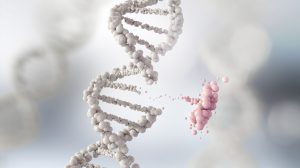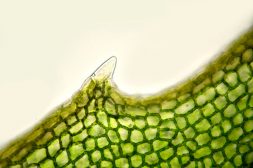Definition
noun
(chemistry) A strongly fluorescent compound that will react with the terminal amino group of a protein; after acid hydrolysis of all the other peptide bonds, the terminal amino acid is identifiable as the dansylated residue
Supplement
Dansyl chloride, also known as 5-(dimethylamino)naphthalene-1-sulfonyl chloride is a compound that reacts with the terminal amino group in alipathic and aromatic amines. The reaction results in stable blue- or blue-green-fluorescent sulfonamide adducts.
Dansyl chloride is generally used in modifying amino acids such as in protein sequencing amino acid analysis. In acid hydrolysis of peptide bonds, the terminal amino acid is described as the danysylated residue. Dansyl chloride is also used in labeling ydroxyl and carboxylic acid functional groups.1 It is one of the simplest sulfonamide derivative and therefore used as an initial reagent in producing other derivatives.
Dansyl chloride is prepared by reacting the sulfonic acid with excess phosphorus oxychloride at room temperature.2
IUPAC name:
- 5-(dimethylamino)naphthalene-1-sulfonyl chloride
Molecular formula: C12H12ClNO2S
See also:
- amino acid
- fluorescence
- protein sequencing
- residue
- reagent
Reference(s):
1 Bartzatt R (2001). “Dansylation of hydroxyl and carboxylic acid functional groups”. J. Biochem. Biophys. Methods 47 (3): 189–195. doi:10.1016/S0165-022X(00)00136-6. PMID 11245890
2 Arthur Mendel (1970). “Improved preparation of 5-dimethylamino-1-naphthalenesulfonyl chloride”. J. Chem. Eng. Data 15 (2): 340–341. doi:10.1021/je60045a010.







